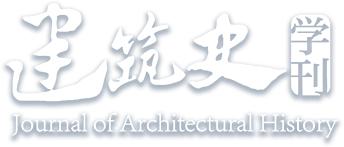Abstract:
Colorless and transparent plate glass was introduced to China from Europe in the early 17th century. This novel imported commodity gradually found its way into the Qing imperial court, commencing during the Kangxi reign. Initially, due to the small size of the glass panes, they were installed primarily within lattice frames, with the surrounding areas still covered with mulberry paper. This unique installation was termed “
boli chuanghu yan”, or the “glass window eye”. Over time, the size of the plate glass installed in the windows progressively increased. Up to the Daoguang reign, some of the larger panes almost entirely covered the windows, with only a small proportion of the edges still covered with paper. It wasn’t until the late Tongzhi reign, in the waning years of Qing dynasty, that full-pane windows became prevalent. This study examines the evolution of glass windows within the Qing imperial court—from the modest “glass window eye” to larger panes and ultimately to full-size windows—through a systematic review of archival documents and existing artifacts. It further underscores the development of plate glass within the Qing imperial court, changing from a rarity to widespread utilization.


 下载:
下载: